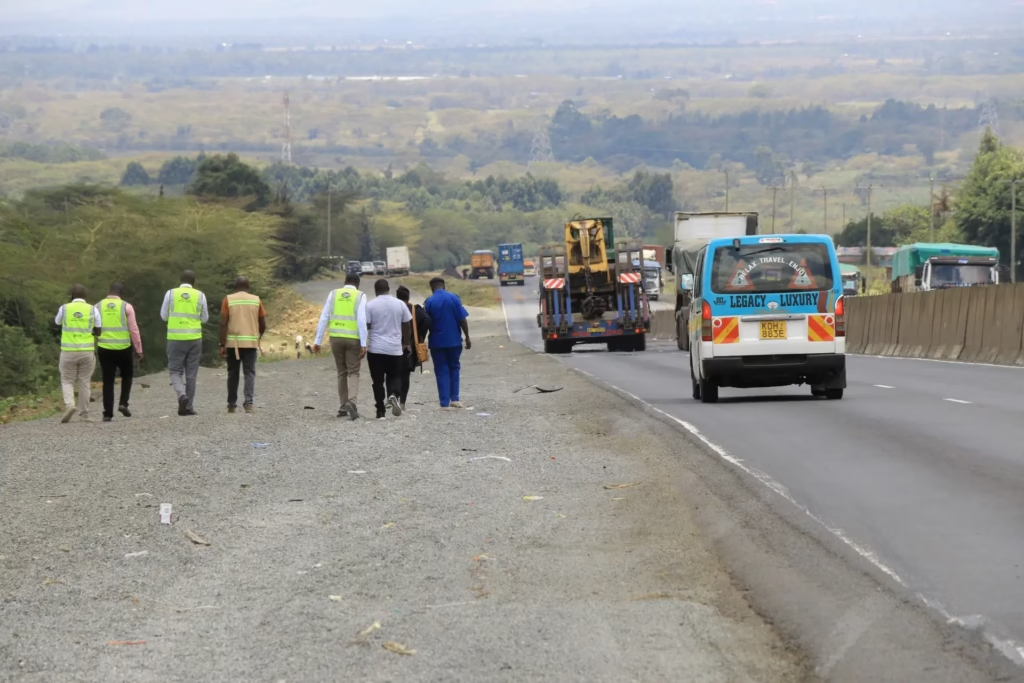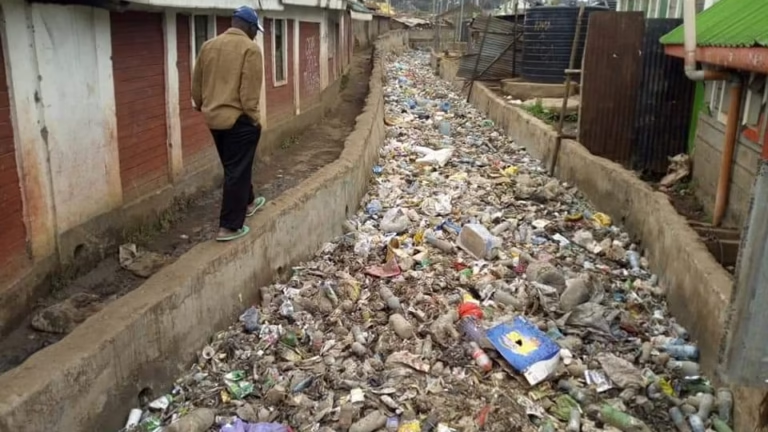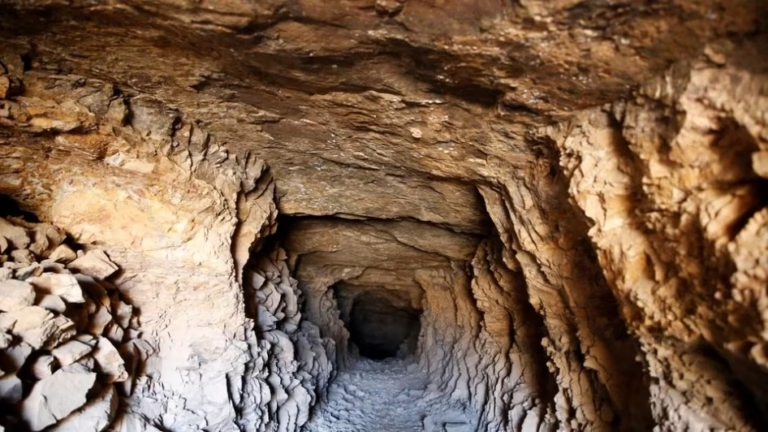
For many years, the Nakuru–Eldoret highway has been an essential conduit between the western part of Kenya and the Rift Valley. Salgaa, a stretching part of this road has become infamous for its deadly record. This 14-kilometer stretch of road between Nakuru and Sachangwan has earned a chilling reputation as a black spot, with hundreds of lives lost in a never-ending cycle of road carnage.
Despite repeated warnings, government intervention, and public outrage, Salgaa has continued to be a graveyard for many travellers. But what is at the heart of this ongoing tragedy? This article examines the reality of this.
Although the Salgaa stretching road appears picturesque, underneath its undulating hills and twisting turns is a lethal mix of bad road design, careless driving, and institutional neglect. The National Transport and Safety Authority (NTSA) claims that this area has continuously had some of Kenya’s highest accident rates.
Freewheeling by truck drivers, oftenly with aim to save fuel, may leads to brake failure on steep descents, speeding and dangerous overtaking, especially by long-distance vehicles, driver fatigue, with many operating without rest over long hauls, vandalized plus missing road signs, leaving motorists unaware of hazards, narrow lanes and poor drainage, which may make maneuvering difficult, especially during rainy seasons are just but a few key contributing factors to high accident rates in Salgaa.
The major examples of this tragedies on Salgaa are numerous and haunting. The December 31, 2017, is one of the deadliest crashes that occurred at Migaa, where a bus from Busia collided head-on collision with a trailer at dawn, killing 36 people. This incident had shocked the nation and reignited calls for urgent reforms.
In November 6, 2023, a matatu collided with a lorry near Ngata in Salgaa, leaving eight people dead and several others injured. This incident had followed the earlier incident that occurred on June 24, 2023, where two students and a driver lost their lives when a matatu rammed into a stationary lorry.
Further, in August 2024, another horrific crash unfolded at Migaa when a Coast bus lost its brakes and plowed into multiple vehicles, killing 13 and injuring dozens. Then in March 2025, a trailer transporting coffee seeds collided with a matatu in the same area, claiming 12 lives. The most recent incident began on July 17, 2025, when a woman and her child were killed near Ngata when a trailer rammed into a matatu.
All these tragedies have left behind shattered families and communities grappling with grief. The pattern has been clear, yet the response remains inadequate with authorities acknowledging the crisis, but solutions have been slow and fragmented.
Peter Mundinia, the former Director General of KeNHA, ones said, “Most of the accidents in the area are a result of lane disputes and failure to observe overtaking guidelines. We aim to expand the road to consist of two or three lanes per carriageway.”. Further Edward Gitonga, Chairman of the Speed Governors Association, had urge the government to immediately filling the gully and widening the road but enforcement are yet to be implemented despite these statements.
Moreover experts and local leaders have proposed several urgent interventions that need implementation, like; dual carriageway expansion to reduce head-on collisions, installation of speed cameras and rumble strips to deter reckless driving, increased traffic patrols, especially during peak travel hours, driver education and strict penalties for violations, improved signage and lighting, particularly in high-risk zones and alternative truck routes to ease congestion and reduce risk.
However, it is worth noting that some progress has been made, such as the 21-kilometer concrete barrier erected in 2018, but more needs to be done because it is time to act, not only on Salgaa, but on all roads in Kenya. This will give travelers hope rather than fear for their safety on our roads.


